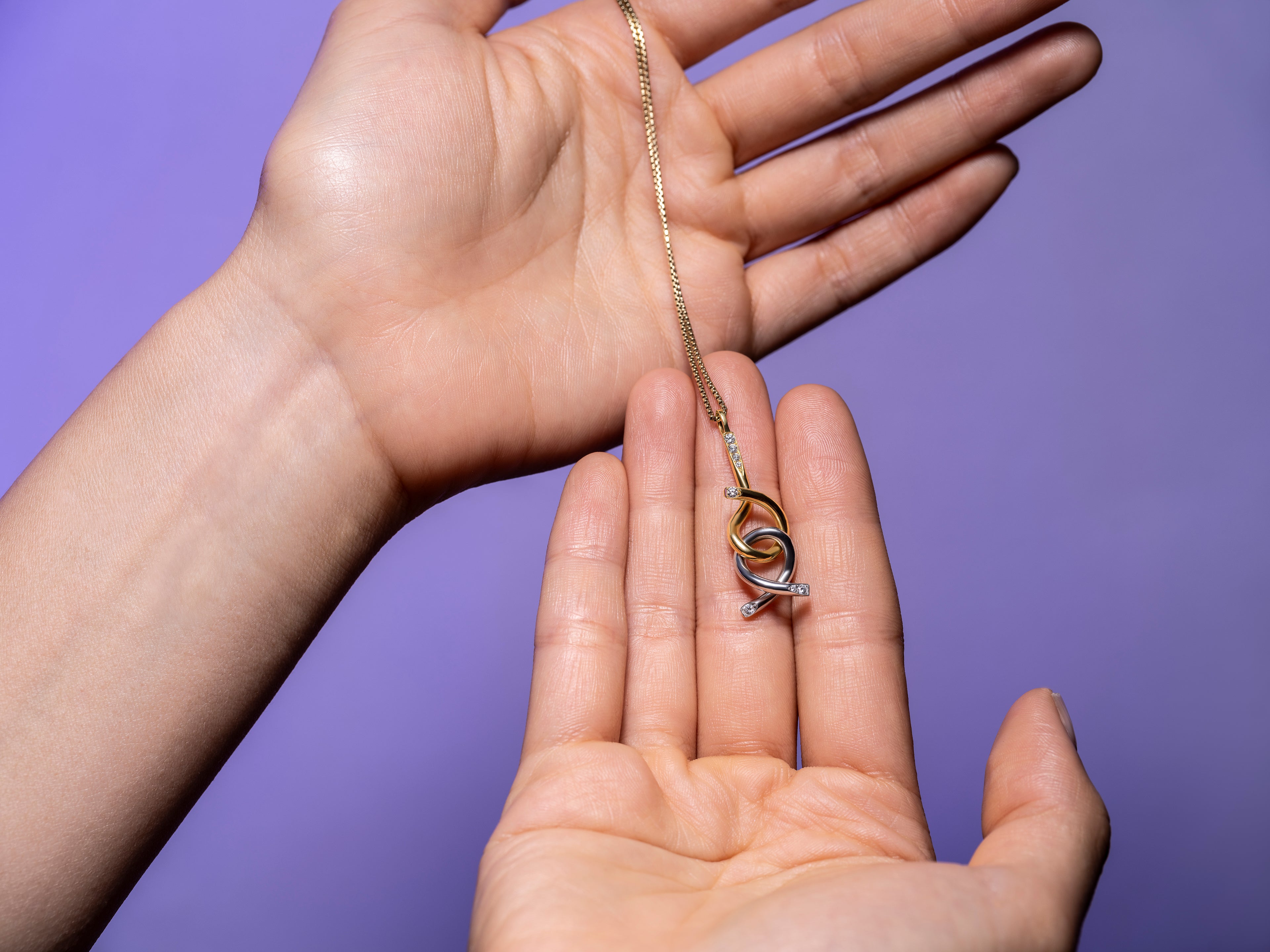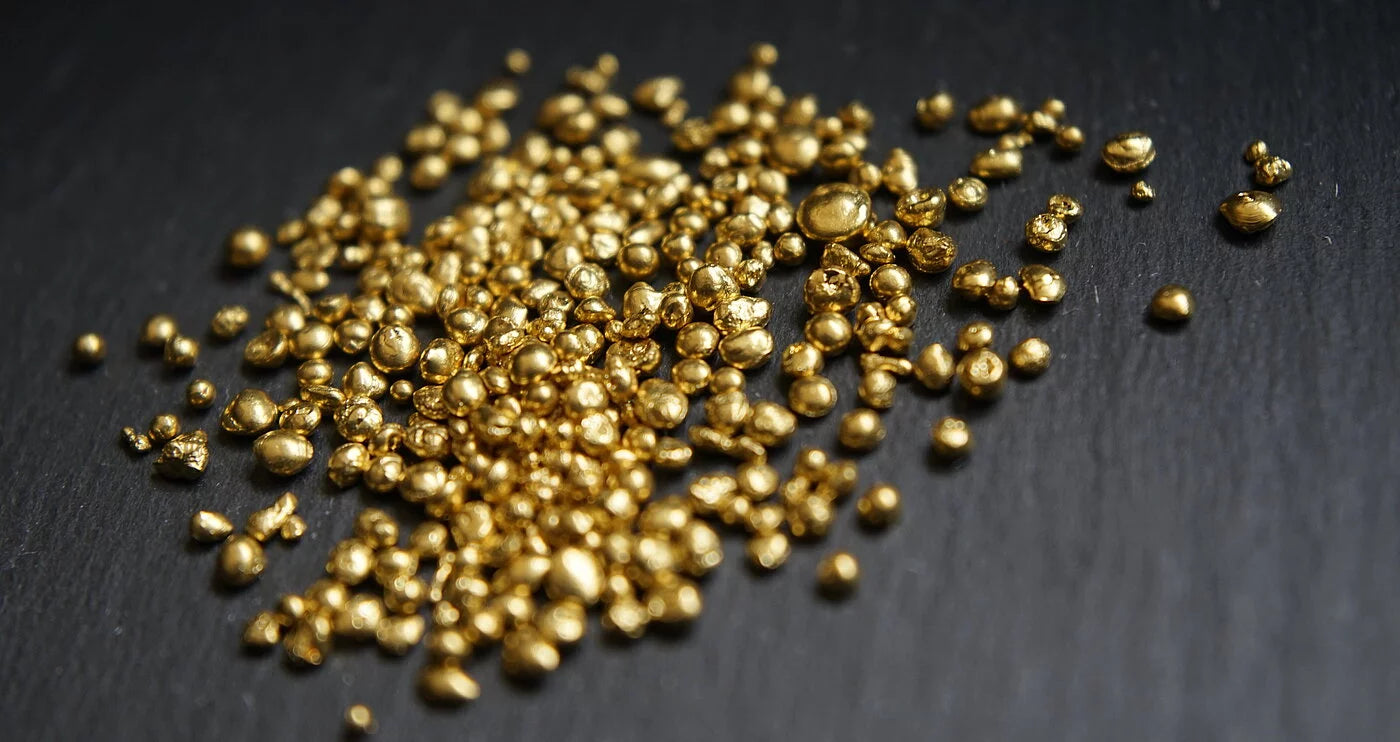
Championing Fairtrade Gold: Adaïr's Ethical Journey
Introduction to Fairtrade Gold
What Is Fairtrade Gold?
Fairtrade Certified Gold is the world’s first independent ethical certification system for gold.
Fairtrade gold is gold that has been mined and produced following strict standards set by Fairtrade International. These standards ensure that miners receive fair wages, work in safe conditions, and adhere to environmentally responsible mining practices.
Fairtrade gold certification also aims to empower small-scale miners and their communities by providing them with better working conditions and opportunities for sustainable development.
The Journey of Fairtrade Gold to Jewelry
The journey of Fairtrade gold to jewelry begins with small-scale miners who extract the gold using responsible and ethical practices. These miners are certified by Fairtrade International or other recognized organizations. Once the gold is extracted, it is processed and refined to meet quality standards.
From there, the Fairtrade gold enters the supply chain, where it may be purchased by jewelry manufacturers or designers who are committed to ethical sourcing. These companies ensure that the gold is traced and segregated throughout the manufacturing process to maintain its Fairtrade certification.
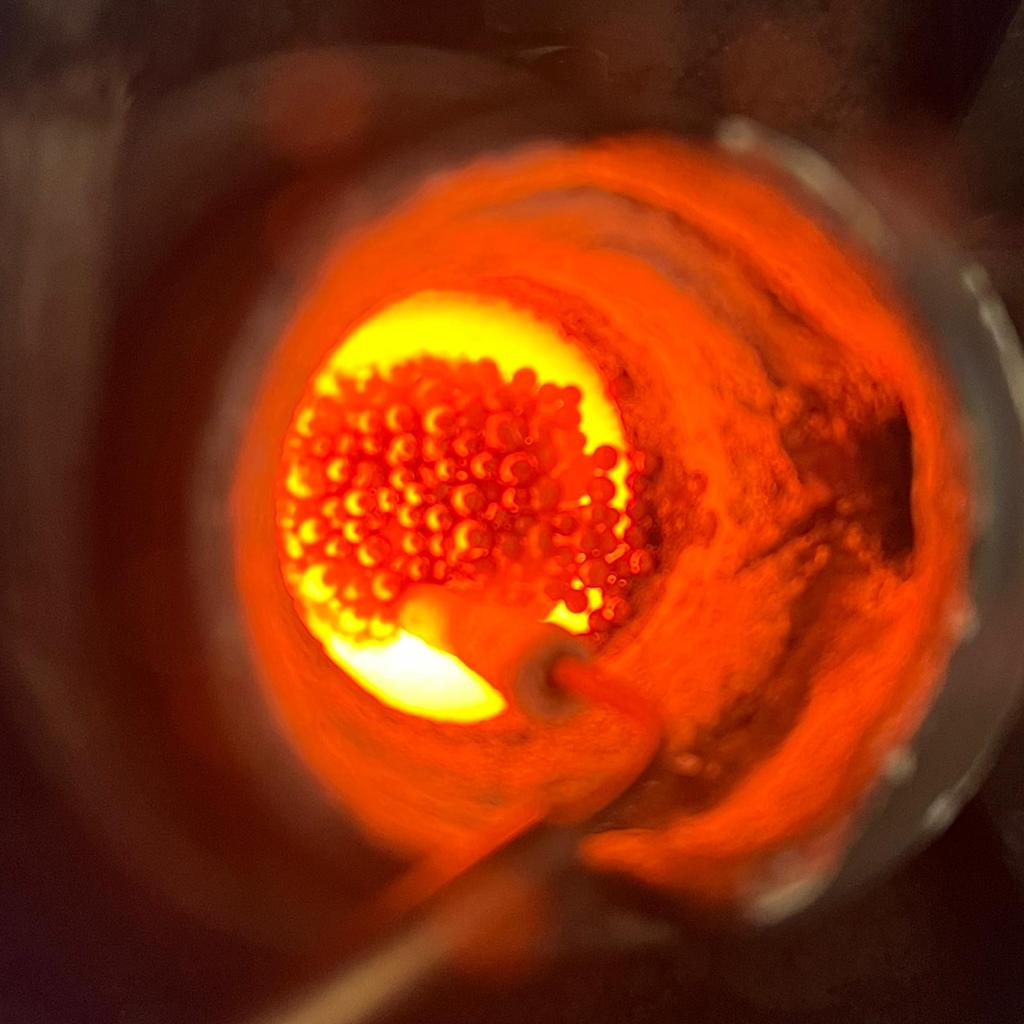
Once the jewelry is crafted, it is then made available for purchase by consumers who value ethically sourced products. These consumers can be confident that their purchase supports fair wages, safe working conditions, and community development for the miners involved in producing the gold.
Overall, the journey of Fairtrade gold to jewelry represents a commitment to transparency, sustainability, and ethical practices throughout the supply chain, from mine to market.
The Significance of Fairtrade Gold in Jewelry
The Rising Demand for Ethical Practices in Jewelry
The rising demand for ethical practices in jewelry is driven by consumers’ increasing awareness of issues like sustainable sourcing, fair labor practices, and environmental impact in the industry. This trend pushes brands and all stakeholders along in the ecosystem to adopt transparent supply chains and ethical production methods to meet consumers’ rising expectations for responsibly sourced materials and socially responsible practices.

Commitment to Ethics: Adaïr, certified goldsmith of Max Havelaar Fairtrade gold
After meticulous consideration and consultation with subject matter experts, Adaïr has made the strategic decision to integrate Max Havelaar Fairtrade certified gold into its practices, among other approaches. This choice is rooted in several compelling reasons:
Fairtrade specifically targets newly mined gold from small-scale mining organizations, allowing for traceability back to its source. This approach aims to enhance mining conditions and mitigate adverse impacts on both people and the environment.
While recycled gold offers another avenue for sustainability, it's important to note that its origin cannot be traced. Recycled gold may inadvertently contain gold of non-sustainable or ethically questionable origins.
It's crucial to differentiate between "mercury-free gold" and "organic gold." While organic gold extraction avoids chemical additives altogether, "mercury-free gold" extraction utilizes hydrocyanic acid (cyanide), which is also highly toxic. However, hydrogen cyanide extraction entails significant investment costs, leading to widespread mercury use in small-scale mining. The Max Havelaar Fairtrade Standard for gold addresses both hydrocyanic acid and mercury usage, with compliance monitored by the independent FLOCERT certification body through rigorous audits.
Presently, approximately 40 registered goldsmiths worldwide are dedicated to using Fairtrade gold, providing assurance for those seeking individual pieces of jewelry. Adaïr proudly stands among the certified goldsmiths of Max Havelaar Fairtrade gold.
You can verify our certification by searching for Vaud in the location bar through the following link.
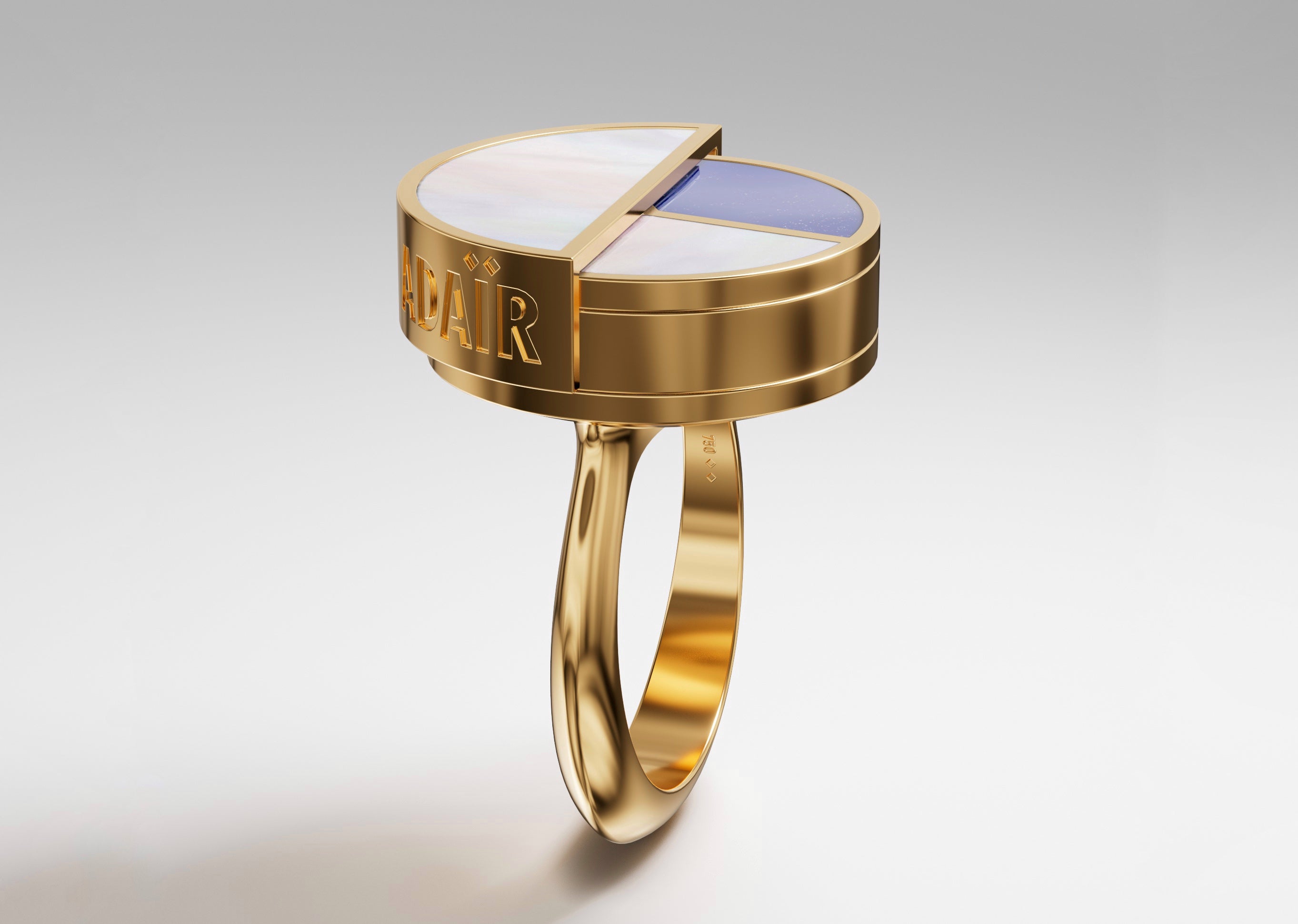
Max Havelaar: A Gold Standard in Fair Trade
The Role of Max Havelaar in Fairtrade Gold Certification
The beginning of the 1990s saw the establishment of a number of Fairtrade label organisations across Europe. Among them was the Max Havelaar Foundation (Switzerland), which was formed by the aid agencies Bread for all, Caritas, Fastenopfer, HEKS, Helvetas and Swissaid. Their aim was to make the public more aware of the fair trade concept, and to lodge it in the consciousness of a wide spectrum of consumers. Today, after more than 30 years of history, Max Havelaar stands out as the most well-known and trustworthy sustainability label for products from southern countries, and one which is recommended by a number of independent sources, such as the label guide jointly published by WWF and the Swiss Consumer Protection Foundation, or that of www.labelinfo.ch stands out amongst the different sustainability labels.

Max Havelaar Fairtrade Gold label was launched in 2014, originating from Peru, and is available in a range of forms, including jewelry, gold bars, and semi-finished products.Products marked with the Fairtrade gold hallmark must be physically processed separately and are therefore physically traceable directly back to the mine. Rings made of 18 carat Fairtrade gold mean that the fine gold content of the alloy has been traded in accordance with Fairtrade standards. Other metals required for the alloy are not Fairtrade-certified. From the mine to the jewelry processing, all players are FLOCERT-certified.
How Max Havelaar Certification Ensures Gold Integrity and its impact on social and economic development of local communities
Max Havelaar Fairtrade gold is essential for miners, their families, and communities to achieve a self-sustaining and prosperous future for the following reasons:
- Legal mining organizations formed under Fairtrade protection safeguard miners’ rights and bolster community development.
- Transparent trading relationships established by Fairtrade eliminate dependence on exploitative middlemen, with the Fairtrade minimum price significantly higher than the rates typically offered to marginalized mines.
- Fairtrade-certified mines not only benefit from a guaranteed minimum price but also receive a Fairtrade premium of US$ 2,000 per kilogram of gold. This additional income is invested in enhancing operational processes and funding community projects such as schools, water supply, and health centers, fostering long-term personal responsibility among producers.
- Fairtrade standards prohibit abusive child labor, forced labor, and discrimination, while mandating protective measures such as appropriate clothing and health and safety protocols. Compliance with national environmental laws is mandatory, and the use of chemicals for gold extraction is subject to stringent guidelines.
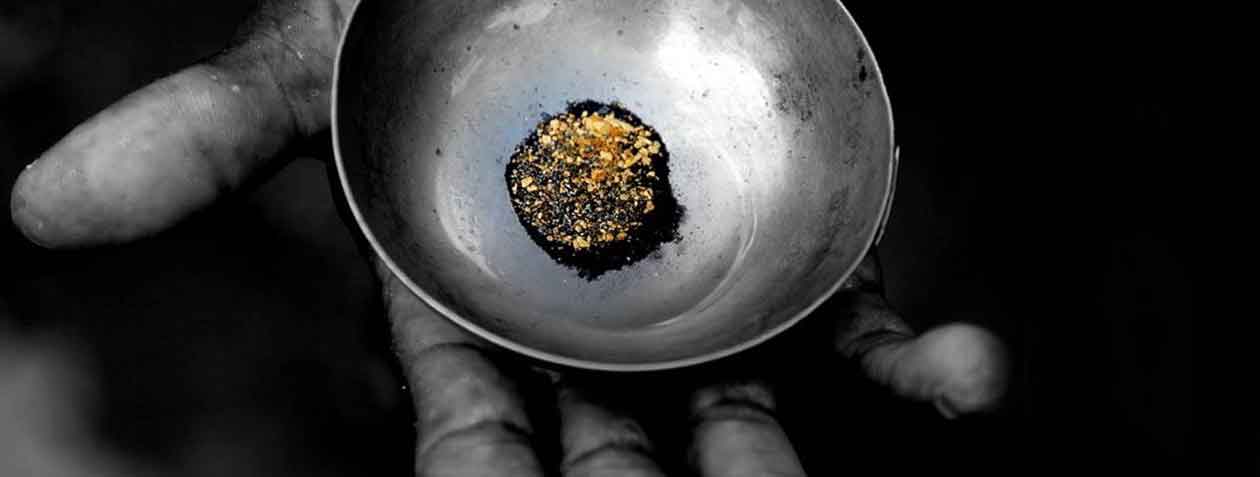
Understanding the production of Fairtrade gold
Understanding the Fairtrade gold standard
The primary goal of the standard is to foster opportunities for artisanal and small-scale miners (ASM) and their communities by advocating for the formalization of ASM through the establishment of Fairtrade gold cooperatives, known as membership-based artisanal and small-scale mining organizations (ASMOs). This initiative aims to enhance working conditions for miners, bolster mining organizations, and provide support in advocating for legislation and government policies that promote responsible small-scale mining. Key objectives include:
- Advancing better environmental management practices, including reducing mercury use and implementing ecological remediation measures.
- Ensuring social protection measures for miners.
- Promoting gender equality within the mining sector.
- Safeguarding children and eradicating child labor in mining regions.
- Enhancing the well-being of families and children, while also facilitating fairer market access.
- Providing support for communities residing in mineral-rich ecosystems.
- Advocating for improved industry regulation.

The Traceability of Fairtrade product
The meaning of Fairtrade gold mark
The Fairtrade Gold Mark serves as a powerful emblem, representing not only the fair extraction and trading of gold used in jewelry but also guaranteeing its physical traceability throughout the entire supply chain. This certification assures consumers that the gold in their jewelry has been ethically sourced, with miners receiving fair wages and working conditions. Additionally, the presence of the FAIRTRADE Gold Mark, often stamped on the final piece of jewelry, acts as a visible indicator of the product's commitment to ethical sourcing practices, providing consumers with confidence in their purchase and supporting the sustainability of small-scale mining communities around the world.
Fairtrade gold traceability best practices
Gold sold as Fairtrade originates exclusively from registered miners and their affiliates. Metal, ore, and tailings sourced from non-registered miners or regions are strictly segregated from Fairtrade gold and cannot be labeled as such. The entire production volume of Fairtrade Gold must be physically traceable, ensuring transparency throughout the supply chain. Every transaction undergoes rigorous scrutiny to ensure compliance with the physical traceability requirements for Fairtrade gold designated for labeled products. Additionally, operators throughout the supply chain ensure documentary traceability by using an identification mark on all associated documentation.
Beyond the Mine: Impact on Local Communities
Empowering Mining Communities – A case study
Peru is one of the most important gold-producing countries in the world. In addition to the large international mining companies, there are many small-scale and small mines that employ most of the workforce in gold mining. One such mine is located in Santa Filomena, a village in the Atacama Desert at 2400 meters above sea level in southern Peru. The Sotrami gold mine was Fairtrade-certified for the first time in 2011.
Organization and Productivity:
In the efforts to improve the efficiency and accessibility of the mines, Max Havelaar Fairtrade gold has undertaken several initiatives. These include optimizing access routes and transportation to the mines, ensuring smoother operations and easier access for workers. Additionally, Max Havelaar Fairtrade gold has invested in the electrification of key community facilities such as the local administration, post office, and schoolhouse. These upgrades not only enhance the overall infrastructure of the community but also contribute to increased productivity and connectivity.
Worker Welfare and Conditions:
Max Havelaar Fairtrade gold prioritizes the well-being of our miners and strives to provide them with the support they need. To this end, Max Havelaar Fairtrade gold has established a health center to address their medical needs and funded dental care for all workers. Moreover, Max Havelaar Fairtrade gold has acquired a vehicle dedicated to transporting miners between different work and residential sites, allowing them to live further away from the mines without compromising efficiency. Furthermore, they have improved miners' living conditions by providing essential amenities such as blankets for their bedrooms, aiming to enhance their quality of life and overall health within the mining community.
Social Projects:
Max Havelaar Fairtrade gold's commitment extends beyond the mines to support various social projects within the surrounding community. Max Havelaar Fairtrade gold has allocated resources to the renovation of classrooms and the construction of a school playground, contributing to the improvement of educational facilities and opportunities for local children. These initiatives underscore our dedication to sustainable development and community empowerment beyond the confines of the mining operations.
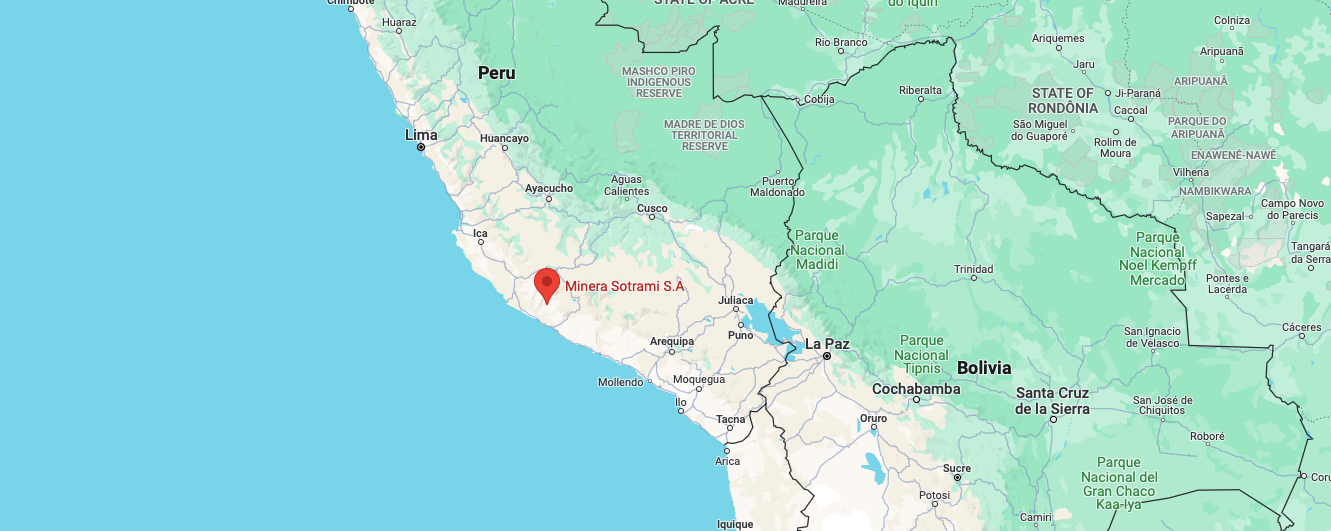
Navigating Challenges in Ethical Sourcing
Overcoming Industry Hurdles
In the pursuit of ethical sourcing practices within the jewelry industry, various hurdles must be addressed. One significant challenge involves navigating the complexities of global supply chains, where transparency can often be elusive. Many jewelry companies source materials from multiple suppliers, making it challenging to trace the origins of each component. Additionally, ensuring fair labor practices and environmentally responsible mining methods throughout the supply chain requires collaboration and commitment from all stakeholders.
Moreover, the jewelry industry faces pressure to meet consumer demand for both ethically sourced materials and affordable pricing. Achieving a balance between these factors is crucial for businesses aiming to maintain competitiveness while upholding ethical standards. Furthermore, there may be resistance to change within the industry, particularly from entities that prioritize profit margins over ethical considerations.
Despite these challenges, the jewelry industry has made significant strides in promoting ethical sourcing practices. Many companies have embraced certifications such as Fairtrade Gold or Responsible Jewellery Council (RJC) membership, signaling their commitment to transparency and sustainability. Collaboration between industry players, NGOs, and government entities is also essential in driving systemic change and overcoming industry hurdles. By addressing these challenges head-on and fostering a culture of responsibility, the jewelry industry can continue to progress towards a more ethical and sustainable future.

Our Proactive Solutions and Partnerships
Adaïr is deeply committed to ethical sourcing practices, exemplified by our dedication to using Max Havelaar Fairtrade gold in all our jewelry pieces containing gold material. By prioritizing Fairtrade gold, we ensure that miners receive fair wages, work in safe conditions, and adhere to environmentally responsible mining practices. This commitment reflects our values of transparency, sustainability, and social responsibility.
In addition to our focus on Fairtrade gold, Adaïr is actively engaging with a jewelry workshop that holds membership with the Responsible Jewellery Council (RJC). This collaborative effort signifies our ongoing commitment to ethical standards within the jewelry industry. By partnering with an RJC member, we aim to further enhance our supply chain transparency and uphold rigorous ethical and environmental standards throughout our production processes.
Through these initiatives, Adaïr continues to pave the way for responsible practices in the jewelry industry. By prioritizing ethical sourcing and fostering partnerships with like-minded organizations, we strive to create jewelry that not only embodies exquisite craftsmanship but also upholds the highest standards of integrity and sustainability.
The Power of Informed Choices
The Role of Consumers in Promoting Ethical Jewelry
Consumers drive ethical practices in the jewelry industry by making informed choices and demanding transparency. By supporting brands that prioritize ethical sourcing, consumers create demand for responsibly produced jewelry and encourage businesses to adopt sustainable practices. Advocating for certification programs and asking questions about material origins and working conditions also promotes ethical standards. Through their purchasing power and advocacy, consumers play a vital role in promoting transparency and accountability in the jewelry supply chain.

How to Recognize Ethically Sourced Gold Jewelry
Recognizing ethically sourced gold jewelry requires attention to certain indicators. Look for certifications such as Fairtrade Gold Trademark or Responsible Jewellery Council (RJC) membership, which ensure adherence to ethical and sustainable standards.
Additionally, inquire about the jewelry's supply chain transparency and the brand's commitment to fair labor practices and environmental responsibility.
By asking questions and seeking out certified products, consumers can make informed choices that support ethical practices in the gold jewelry industry.
Commitment to a Better Future
Reflecting on Adaïr's Ethical Gold Journey
Adaïr's ethical gold journey embodies our core values of transparency, sustainability, and social responsibility. By prioritizing Fairtrade Gold and collaborating with organizations like Max Havelaar Fairtrade, we've strengthened our commitment to fair wages, safe working conditions, and environmental stewardship. With each piece of jewelry, we empower communities and champion ethical practices, paving the way for a more responsible jewelry industry.
Inviting Consumers to Join the Ethical Movement
Join us in shaping a more ethical future for the jewelry industry. By choosing ethically sourced jewelry, you're not only adorning yourself with beauty or a functional tool to help ease stress and anxiety—you're also supporting fair wages, safe working conditions, and environmental sustainability. Together, we can make a difference, one piece of jewelry at a time.
